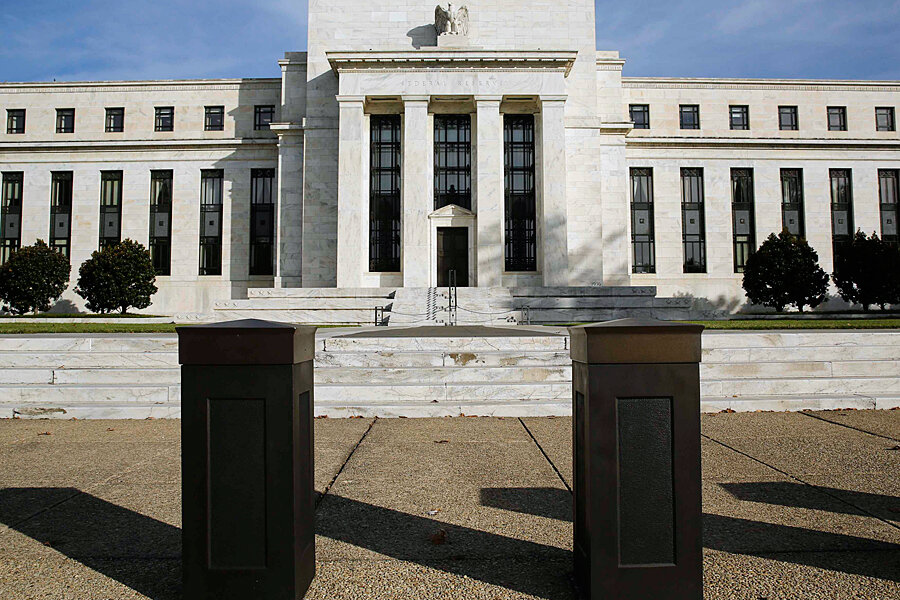Will Federal Reserve start raising interest rates soon?
Loading...
| Washington
Federal Reserve policymakers do not appear ready to start raising interest rates anytime soon, with officials expressing concerns about inflation and lingering weakness in the labor market.
Minutes of the Fed's Jan. 27-28 meeting released Wednesday show that officials struggled to determine the appropriate timing for a rate hike. The Fed's benchmark interest rate has been at a record low near zero since December 2008.
The minutes indicate that officials were concerned about dropping the word "patient" to describe how long they were willing to wait, fearing that could cause an financial markets to overreact. Some officials noted that wage growth has remained weak even as the unemployment rate has declined. Others noted that inflation remains below the Fed's 2 percent target.
The minutes were released after the customary three-week delay.
Many economists believe that the Fed will not start raising rates until June, and recent developments that have pushed inflation even farther below its 2 percent target have some analysts moving the start of rate hikes even further into the future, possibly September.
A few analysts believe it could be another year until early 2016 before the Fed starts raising rates, especially in light of the fact that the European Central Bank is poised to move in the opposite direction, moving to ease credit conditions further to battle weakness in the European economy.
Since the January meeting, job growth has been encouraging. The government reported earlier this month that the economy created 257,000 jobs in January, wrapping up the strongest three months for hiring in 17 years. The unemployment rate rose to 5.7 percent in January, up from 5.6 percent in December, but the increase came for a good reason. People who had become discouraged and dropped out of the labor market resumed looking for work.
The 5.7 percent unemployment rate is close to the Fed's goal of maximum employment, which it pegs currently at 5.2 percent to 5.5 percent unemployment.
But the Fed is falling further from its other goal of 2 percent gains in inflation each year. Inflation has slipped further from the 2 percent target in recent months, reflecting big declines in energy prices and a stronger U.S. dollar, which makes imported products cheaper for American consumers.







